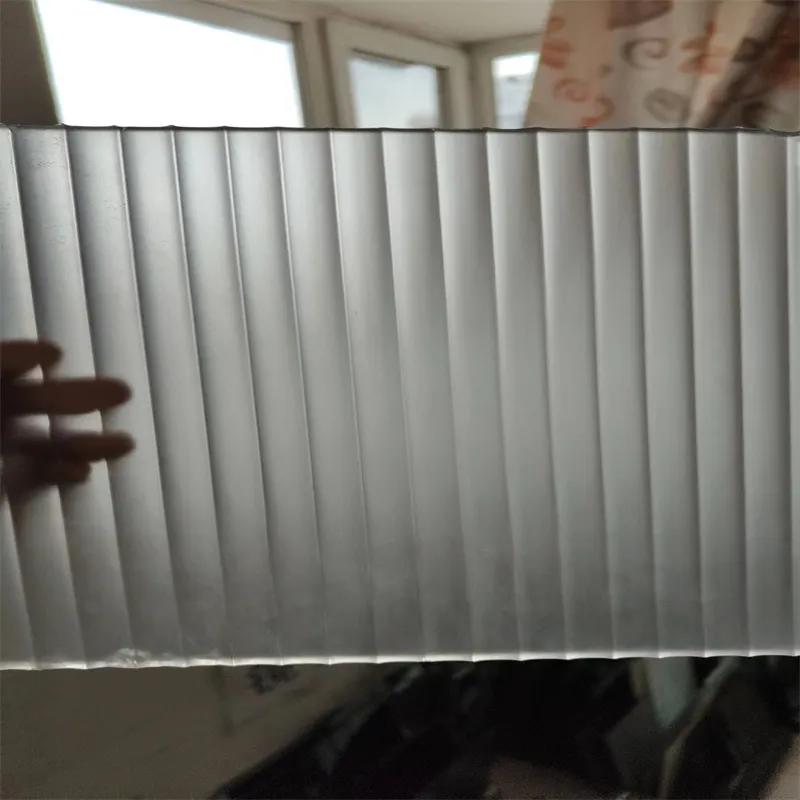Sep . 02, 2024 07:49 Back to list
Low Emissivity Glazing - Energy Efficient Window Solutions
Understanding Low Emissivity Glazing A Modern Solution for Energy Efficiency
Low emissivity glazing, often referred to as low-E glazing, has become a pivotal breakthrough in the realm of building design and energy efficiency. This innovative glazing technology utilizes a specialized coating that significantly reduces the amount of heat transferred through windows. By reflecting heat back into a room during the winter and deflecting it away during the summer, low-E glass plays a critical role in maintaining comfortable indoor temperatures year-round.
Understanding Low Emissivity Glazing A Modern Solution for Energy Efficiency
One of the most significant benefits of low-E glazing is its contribution to energy efficiency. Buildings equipped with low-E windows can experience a considerable reduction in energy costs. Homeowners can enjoy lower heating bills in winter and less demand for air conditioning in summer, creating a more sustainable living environment. Additionally, by minimizing energy consumption, low-E glazing also supports efforts to reduce greenhouse gas emissions, contributing to a healthier planet.
low emissivity glazing

Beyond energy efficiency, low-E glazing also offers advantages in terms of comfort and aesthetics. By filtering out ultraviolet (UV) rays, it protects furnishings, artwork, and flooring from fading, maintaining their appearance over time. Moreover, the reduction in glare ensures that interiors remain comfortable and visually appealing, enhancing the overall ambiance of living and working spaces.
Implementing low-E glazing is becoming a standard practice in both residential and commercial construction. Many new buildings now feature windows with low-E coatings as a part of their design strategy. Furthermore, retrofitting existing windows with low-E film or replacing them with low-E glass units can yield immediate benefits, making it a viable option for upgrading older structures.
In conclusion, low emissivity glazing stands out as a key innovation in promoting energy efficiency and sustainable building practices. By effectively balancing indoor comfort, aesthetic appeal, and environmental responsibility, low-E glazing not only represents a smart choice for contemporary architecture but also aligns with a broader commitment to sustainability in our daily lives. As we continue to seek ways to reduce our carbon footprint, low-E glazing will undoubtedly play an essential role in shaping the future of energy-efficient buildings.
-
Safety and Style with Premium Laminated Glass Solutions
NewsJun.24,2025
-
Reinvents Security with Premium Wired Glass
NewsJun.24,2025
-
Premium Float Glass Line for Modern Architecture
NewsJun.24,2025
-
Low Emissivity Glass for Energy-Efficient Architecture
NewsJun.24,2025
-
High-Performance Insulated Glass Solutions for Modern Architecture
NewsJun.24,2025
-
Elevates Interior Style with Premium Silver Mirror
NewsJun.24,2025
Related PRODUCTS














